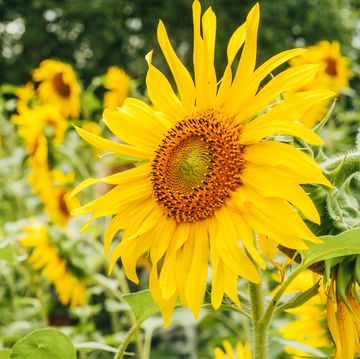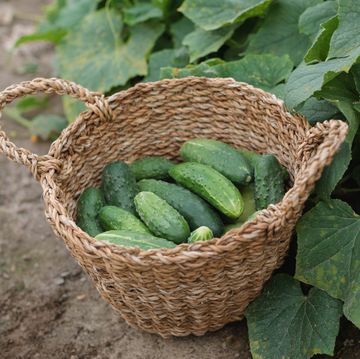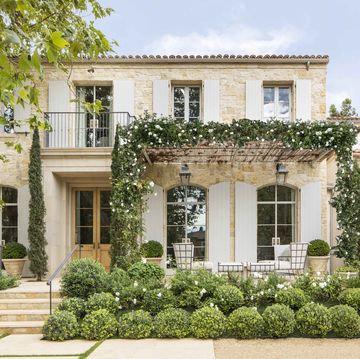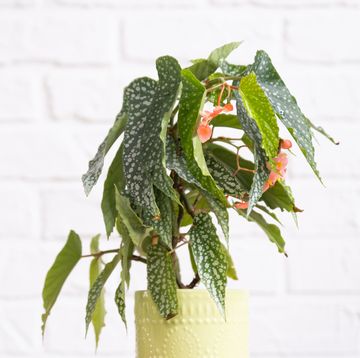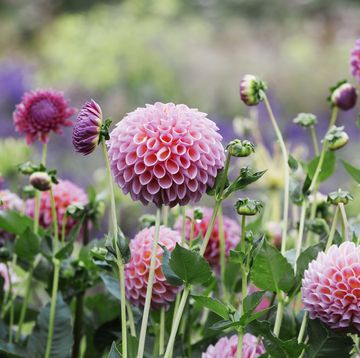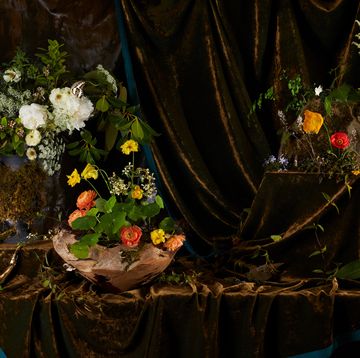Discover the Serene Beauty of Japan's Most Gorgeous Gardens
Cherry trees, teahouses, and rock gardens abound.
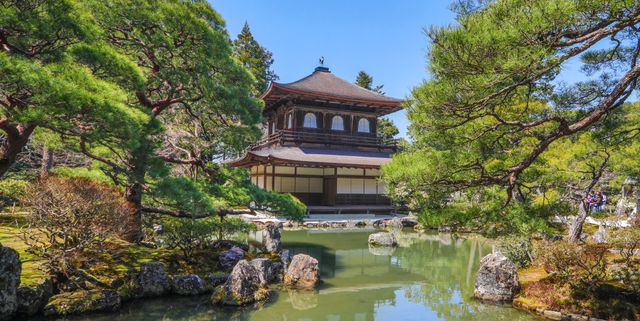
Garden design in Japan is a true and celebrated art form with many gardens throughout the country believed to be masterpieces of Japanese culture. Traditionally, a Japanese garden reflects harmony with nature and offers quiet spots for peace and meditation. Among the emblematic cherry trees, the gnarled Japanese pines, and sculpted shrubs, a miniature representation of the natural world takes shape for contemplation — rocks stand in for mountains, ponds become oceans, even the wavy lines raked into the gravel depict the movement of water. For centuries, simplicity and restraint have been the enduring aesthetic hallmarks and are what make these highly artistic and meticulous gardens of Japan so revered, and often emulated, to this day.
Japan's garden are worth visiting year-round as the landscape evolves with the changing seasons. From the first flowering trees in spring that make way for the lush mosses that carpet the ground in the summer to the riotous burst of autumnal foliage soon quieted by snow that blankets the pines in winter. As the gardens transform throughout the year, we are reminded that, no matter the season, there is always beauty to behold in nature.
Whether pondering a serene kare-sansui dry landscape garden, taking in a roji tea garden, or exploring a vast kaiyū-shiki-teien strolling garden, there is a style of Japanese garden for everyone, and the sheer variety of unique landscapes across the country is sure to inspire landscaping ideas for your backyard. Read on for our eight must-visit gardens that will certainly be the highlight of any trip to Japan.

Watch Next


Front Door Plant Ideas for the Prettiest Entrance

9 Expensive-Looking Landscaping Ideas
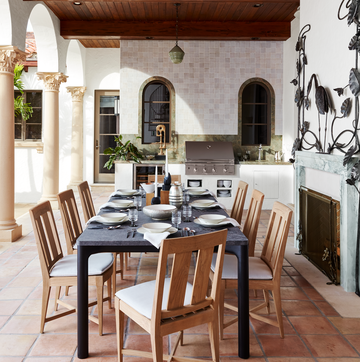
30 Outdoor Kitchen Ideas for Alfresco Dining

How to Create a Living Wall








